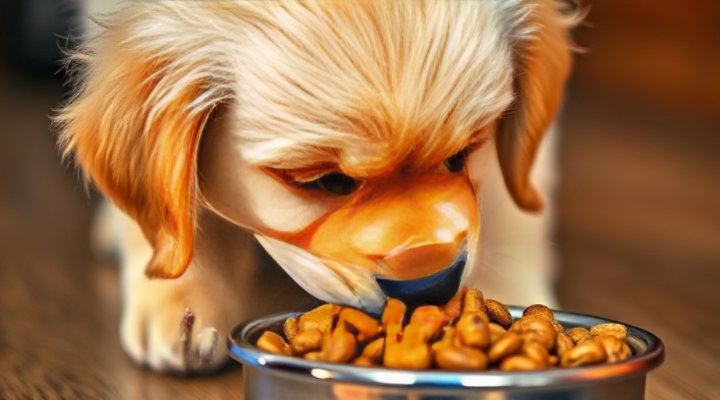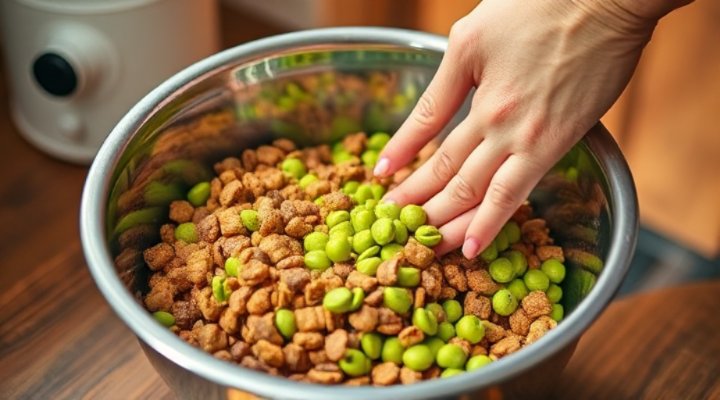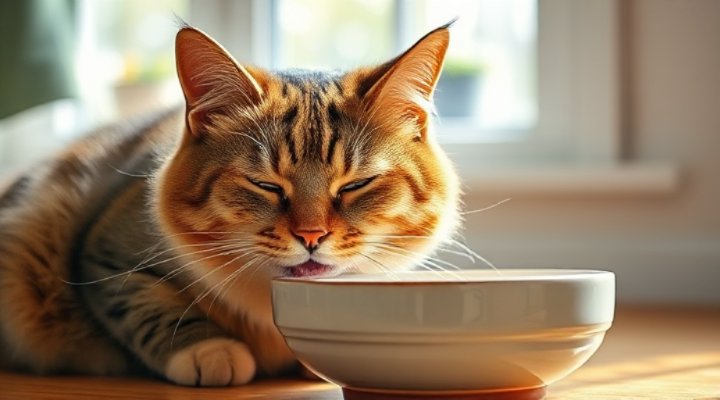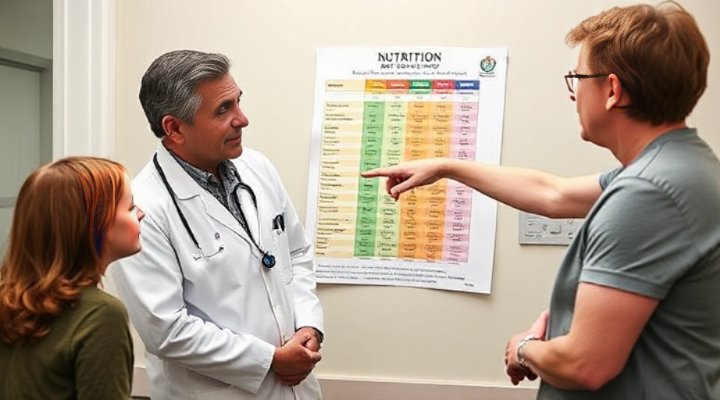Transitioning your pet to a new food is a delicate process that requires patience and a well-planned approach to avoid digestive issues and ensure your pet accepts the new diet. This guide will walk you through the steps to make the switch smoothly, whether you’re changing brands, formulas, or types of food. Above all, remember that every pet is unique, so adjustments may be needed based on their individual response.

Why Gradual Transition Matters for Your Pet’s Digestion
When changing your pet’s food, a sudden switch can shock their digestive system, leading to vomiting, diarrhea, or refusal to eat. Consequently, veterinarians recommend a gradual transition over 7-10 days. This allows your pet’s gut microbiome to adjust to the new nutrients and ingredients. For instance, if you’re switching from raw food to kibble or vice versa, the transition period might need to be even longer.
The Science Behind Food Transitions
Your pet’s digestive system contains billions of bacteria that help break down food. When you introduce new ingredients, these bacterial populations need time to adapt. According to the American Veterinary Medical Association, abrupt changes can disrupt this delicate balance, causing gastrointestinal distress. Therefore, a slow transition helps maintain digestive health while introducing new nutrients.

Step-by-Step Guide to Transitioning Pet Food
Follow this proven method to safely switch your pet’s food without digestive upset:
- Days 1-2: Mix 25% new food with 75% old food
- Days 3-4: Increase to 50% new and 50% old food
- Days 5-6: Use 75% new food with 25% old food
- Day 7 onward: Feed 100% new food
Meanwhile, closely monitor your pet’s stool consistency, energy levels, and appetite. If you notice any issues, slow down the transition process. Some pets, especially those with sensitive stomachs like those needing hydrolyzed protein diets, may need a longer adjustment period.

Special Considerations for Different Pets
For Dogs:
Dogs are generally more adaptable than cats when it comes to food changes. However, breeds with sensitive stomachs (like French Bulldogs or Yorkies) may need extra care. Adding probiotics during the transition can help, as can warming the food slightly to enhance aroma.
For Cats:
Cats are notoriously picky eaters and may resist food changes. The key is patience – try mixing in small amounts of the new food with their favorite tasty toppers to encourage acceptance. Never let a cat go more than 24 hours without eating, as this can lead to serious health issues.

Troubleshooting Common Transition Problems
Even with careful planning, you might encounter some challenges:
- Refusal to eat: Try adding warm water or low-sodium broth to enhance flavor
- Loose stools: Slow down the transition pace and consider adding pumpkin puree
- Vomiting: Consult your veterinarian immediately if persistent
Remember that some pets transitioning to human-grade foods may experience temporary changes in stool volume or frequency as their bodies adjust to higher-quality ingredients.

When to Consult Your Veterinarian
While most pets transition smoothly with the gradual method, certain situations require professional advice:
- Pets with existing health conditions
- Senior animals or very young puppies/kittens
- If digestive issues persist beyond 48 hours
- When switching to therapeutic diets like those for kidney disease
The FDA recommends consulting your vet before making significant dietary changes, especially for pets with medical conditions.
Making the Transition a Positive Experience
Beyond the physical aspects, consider the emotional component of food changes. Use this transition period to:
- Establish new feeding routines
- Bond through positive mealtime experiences
- Monitor your pet’s weight and body condition
With patience and proper technique, you’ll soon have your pet happily enjoying their new food without digestive upset. After all, good nutrition is one of the greatest gifts we can give our furry family members.
Related Keywords: pet food transition, switching pet food, digestive health for pets, gradual food change for pets, pet nutrition, how to change dog food, cat food transition tips
